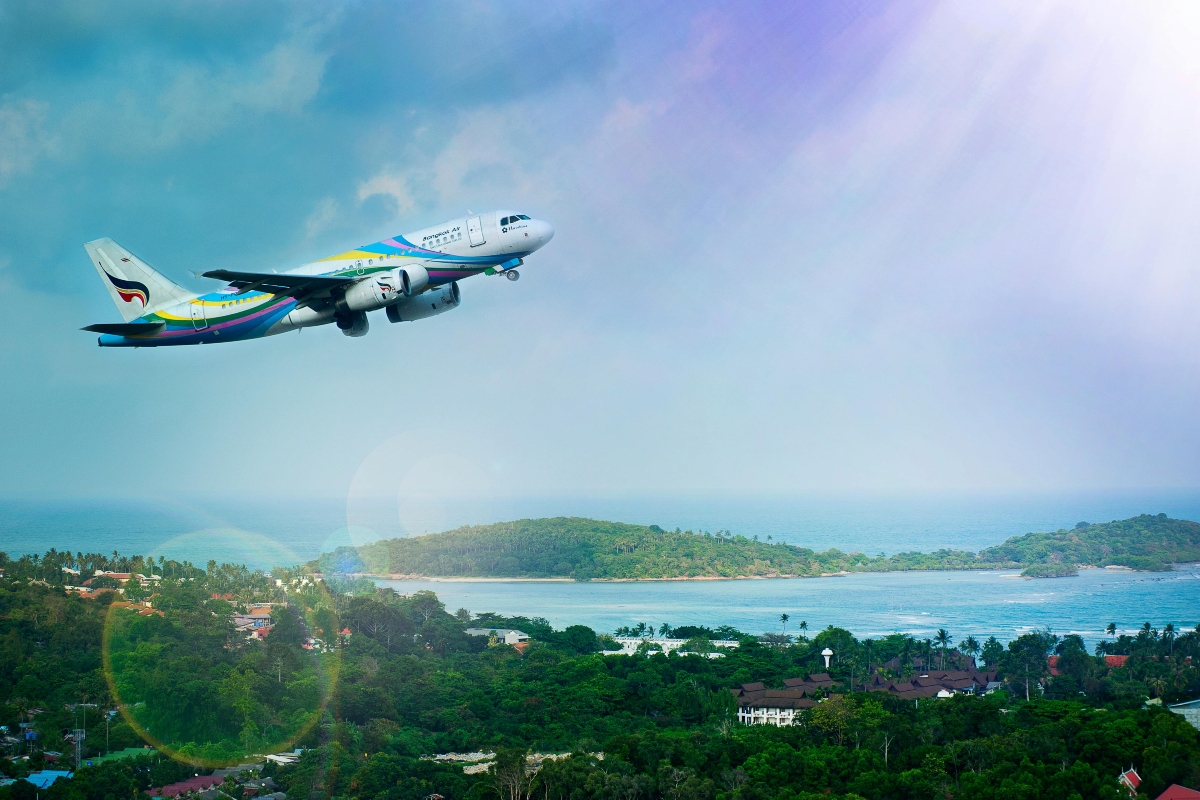There has been a lot of unfavorable press on the airline industry lately. Incidents of increased turbulence, tragic crashes, and ongoing controversies involving Boeing do not appear to inspire people afraid of flying to venture into the sky. However, according to a recent study conducted by scientists at MIT, flying is now safer than ever before. The research shows a consistent trend of improving safety in commercial aviation over the past five decades.
The study, co-authored by Arnold Barnett, the George Eastman Professor of Management Science at the MIT Sloan School of Management, and Jan Reig Torra, shows that the risk of fatality in commercial air travel has dramatically decreased. From 2018 to 2022, the risk stood at 1 per 13.7 million passenger boardings globally, a significant improvement from previous decades.
“Aviation safety continues to get better,” Professor Barnett stated. “You might think there is some irreducible risk level we can’t get below. And yet, the chance of dying during an air journey keeps dropping by about 7 percent annually, and continues to go down by a factor of two every decade.”
What Are The Factors Contributing To Increased Air Travel Safety?
The researchers attribute this remarkable improvement in air travel safety to several factors. The first thing to consider is technical innovation. Among these are the applications of other safety technologies and collision avoidance systems. Then comes intensive training, which includes rigorous programs for crew members and pilots. There is also regulatory supervision. Organizations like the National Transportation Safety Board and the U.S. Federal Aviation Agency are doing thorough work in this area.
However, despite the overall positive trend, the study emphasizes that progress is not guaranteed. Recent incidents, such as near-collisions on U.S. runways and the Alaska Airlines Boeing 737-9 door plug incident, highlight the ongoing challenges in maintaining and improving safety standards. The researchers also addressed the impact of COVID-19 on air travel safety. Between March 2020 and December 2022, approximately 4,760 deaths worldwide were linked to COVID-19 transmission on airplanes.
Moreover, the study also highlights geographical disparities in-flight safety. The researchers divided the world into three tiers: Tier 1 (including the United States, European Union, and other developed nations) and Tier 2 countries showing the highest safety levels. Tier 3 countries, while improving, still face higher fatality risks.





